Home>Gardening & Outdoor>Plant Care & Gardening Tips>Where Is The Indigo Plant Native


Plant Care & Gardening Tips
Where Is The Indigo Plant Native
Published: December 25, 2023
Learn about the native origin of the indigo plant and its significance in plant care and gardening tips. Explore the history and cultivation of this valuable plant.
(Many of the links in this article redirect to a specific reviewed product. Your purchase of these products through affiliate links helps to generate commission for Storables.com, at no extra cost. Learn more)
**
Introduction
**
Welcome to the fascinating world of indigo plants! Whether you're an avid gardener, a nature enthusiast, or simply curious about the origins of this remarkable plant, you've come to the right place. In this article, we'll delve into the historical significance, cultivation, native habitat, and global distribution of the indigo plant. From its ancient uses to its modern-day presence, the indigo plant has enchanted and inspired people across the globe. Let's embark on a journey to uncover the captivating story of this extraordinary botanical marvel.
**
Key Takeaways:
- Indigo plants have a rich history and are used for dyeing, medicine, and trade. They thrive in diverse climates and have a global presence, shaping cultural traditions and agricultural landscapes.
- The cultivation of indigo plants promotes sustainable farming and environmental stewardship. Their resilience and adaptability across continents showcase the enduring harmony between nature and human creativity.
Read more: Where Is The Snake Plant Native To
Historical Uses of Indigo
**
Throughout history, the indigo plant has been revered for its remarkable dyeing properties and diverse applications. Dating back to ancient civilizations, indigo dye has played a pivotal role in textile production, art, and cultural traditions. The deep, rich hue derived from the plant’s leaves has been prized for its enduring colorfastness and vibrant appearance.
In regions such as the Indian subcontinent, East Asia, and the Americas, indigo dye became synonymous with traditional garments, tapestries, and ceremonial attire. The intricate art of indigo dyeing, known for its intricate patterns and enduring beauty, has been passed down through generations, preserving age-old techniques and cultural heritage.
Moreover, indigo’s historical significance extends beyond the realm of textiles. In traditional medicine, various cultures have utilized indigo as a natural remedy for ailments ranging from skin conditions to inflammatory disorders. The plant’s leaves and roots have been harnessed for their purported healing properties, contributing to a rich tapestry of traditional healing practices.
Furthermore, indigo holds a place in the annals of ancient trade and commerce. As a highly sought-after commodity, indigo dye became a valuable export, traversing continents and shaping global economic networks. Its allure and desirability spurred exploration and trade, leaving an indelible mark on the historical tapestry of international commerce.
The indigo plant’s historical uses stand as a testament to its enduring cultural, artistic, and economic significance. From its role in shaping traditional attire to its therapeutic applications and global trade impact, indigo has left an indelible imprint on human history, transcending geographical boundaries and cultural divides.
**
Cultivation of Indigo Plant
**
Delving into the cultivation of the indigo plant unveils a captivating blend of tradition, innovation, and sustainable agricultural practices. The process of nurturing indigo plants encompasses a harmonious interplay of environmental stewardship and time-honored agricultural wisdom.
Indigo cultivation typically begins with the careful selection of optimal growing conditions. The plant thrives in well-drained, fertile soil with ample sunlight, making it well-suited for diverse climatic regions. Whether cultivated in subtropical landscapes or temperate zones, indigo plants exhibit a remarkable adaptability, enriching agricultural landscapes with their lush foliage and vibrant blooms.
One of the most intriguing facets of indigo cultivation lies in its eco-friendly attributes. As a nitrogen-fixing plant, indigo contributes to soil fertility and sustainability, enhancing the overall health of agricultural ecosystems. This natural propensity to enrich the soil underscores the plant’s invaluable role in promoting environmentally conscious farming practices.
The cultivation of indigo also encompasses a deep-rooted connection to artisanal craftsmanship. In many regions, indigo cultivation is intertwined with age-old traditions of hand-harvesting and meticulous processing methods. The intricate art of extracting indigo dye from the plant’s leaves involves a meticulous blend of time-honored techniques and modern innovations, preserving the essence of artisanal expertise.
Furthermore, the resurgence of sustainable agriculture has propelled indigo cultivation to the forefront of eco-conscious farming practices. With a focus on organic and regenerative farming methods, indigo cultivation exemplifies a harmonious approach to harnessing the earth’s natural resources while fostering biodiversity and ecological balance.
From its role in promoting soil fertility to its intrinsic ties to artisanal craftsmanship and sustainable agriculture, the cultivation of indigo plants embodies a timeless synergy of tradition, innovation, and environmental stewardship. As we continue to embrace sustainable agricultural practices, the indigo plant stands as a beacon of inspiration, showcasing the profound beauty and ecological harmony inherent in the art of cultivation.
**
The indigo plant is native to tropical and subtropical regions, including India, China, and parts of Africa. It has been used for centuries to produce a deep blue dye.
Indigo Plant’s Native Habitat
**
The indigo plant, scientifically known as Indigofera tinctoria, traces its origins to a diverse array of native habitats, spanning continents and encompassing an assortment of climatic and ecological niches. This remarkable botanical species exhibits a remarkable adaptability, thriving in environments characterized by varying degrees of humidity, temperature, and soil composition.
One of the primary native habitats of the indigo plant is the Indian subcontinent, where it has flourished for millennia. The warm, subtropical climate of regions such as India, Bangladesh, and Sri Lanka provides an ideal setting for the indigo plant to thrive, yielding lush, verdant landscapes adorned with the striking foliage of this botanical gem.
Moreover, the indigo plant has established its native habitat across regions of Southeast Asia, including countries such as Indonesia, Thailand, and Vietnam. Here, the plant’s resilience is showcased in diverse ecological settings, ranging from tropical rainforests to coastal plains, underscoring its adaptability to a myriad of environmental conditions.
Furthermore, the native habitat of the indigo plant extends to parts of Africa, where it has found a hospitable home in countries such as Nigeria, Ethiopia, and Sudan. The plant’s presence in these regions reflects its capacity to thrive in arid and semi-arid landscapes, demonstrating a remarkable ability to withstand varying levels of rainfall and temperature fluctuations.
Additionally, the indigo plant has made its mark in the New World, with native habitats across the Americas. From the arid landscapes of the southwestern United States to the tropical environs of Central and South America, the plant’s adaptability is evident in its widespread presence across diverse ecosystems, enriching the natural tapestry of the Western Hemisphere.
The indigo plant’s native habitat stands as a testament to its remarkable resilience and adaptability, transcending geographical boundaries and embracing a myriad of ecological niches. As we marvel at the plant’s diverse native habitats, we gain a profound appreciation for its enduring presence across continents and its remarkable capacity to thrive in an array of environmental settings.
**
Indigo Plant’s Global Distribution
**
The global distribution of the indigo plant paints a vivid tapestry of its enduring presence across diverse continents and climatic regions. From its native habitats to far-reaching corners of the world, the indigo plant has traversed geographical boundaries, leaving an indelible mark on agricultural landscapes and cultural traditions.
One of the most prominent regions showcasing the global distribution of the indigo plant is the Indian subcontinent. With its rich history of indigo cultivation and dye production, countries such as India and Bangladesh have emerged as focal points of indigo’s enduring legacy. The lush fields of indigo plants, swaying in the warm breeze, stand as a testament to the plant’s deep-rooted connection to the cultural and agricultural tapestry of the region.
Moreover, the global reach of the indigo plant extends to Southeast Asia, where countries such as Indonesia, Thailand, and Vietnam have embraced its cultivation and dyeing traditions. The vibrant hues derived from indigo dye have left an indelible imprint on the textile industry and artistic expression, shaping the cultural heritage of the region and fostering a legacy of indigo craftsmanship.
Furthermore, the indigo plant’s global distribution encompasses regions of Africa, where its presence has flourished in countries such as Nigeria, Ethiopia, and Sudan. The plant’s enduring significance in African agricultural landscapes underscores its role in sustaining traditional dyeing practices and contributing to the vibrant tapestry of indigenous craftsmanship.
Additionally, the indigo plant has made its mark in the Western Hemisphere, with a notable presence across the Americas. From the sun-drenched plains of the southwestern United States to the tropical landscapes of Central and South America, the plant’s global distribution is a testament to its adaptability and enduring allure in diverse ecological settings.
The global distribution of the indigo plant stands as a testament to its enduring legacy, transcending geographical boundaries and cultural divides. As we marvel at its widespread presence across continents, we gain a profound appreciation for the indigo plant’s timeless significance in shaping agricultural landscapes, artistic traditions, and cultural heritage on a global scale.
**
Read more: Where Is Pitcher Plant Native To
Conclusion
**
As we conclude our exploration of the indigo plant’s captivating narrative, we are reminded of its profound impact on human history, cultural traditions, and agricultural landscapes. From its historical uses as a prized dye to its enduring presence across diverse native habitats and global distribution, the indigo plant stands as a testament to the timeless synergy between nature and human ingenuity.
The rich tapestry of indigo’s historical significance unveils a story of innovation, craftsmanship, and cultural exchange. Across continents and centuries, the indigo plant has been cherished for its vibrant hues, enduring colorfastness, and diverse applications in textile production and artistic expression. Its deep-rooted connection to traditional attire, ceremonial customs, and artisanal craftsmanship underscores its enduring legacy in shaping cultural identity and creative expression.
Furthermore, the cultivation of indigo plants embodies a harmonious blend of tradition and sustainability, showcasing the plant’s innate capacity to enrich agricultural ecosystems and foster eco-conscious farming practices. As a nitrogen-fixing plant, indigo contributes to soil fertility and environmental stewardship, exemplifying its invaluable role in promoting regenerative agricultural methods and biodiversity.
Moreover, the indigo plant’s native habitat and global distribution underscore its remarkable adaptability and resilience across a myriad of ecological settings. From the subtropical landscapes of the Indian subcontinent to the arid plains of Africa and the diverse ecosystems of Southeast Asia and the Americas, the indigo plant’s enduring presence reflects its capacity to thrive in diverse climates and geographical regions.
As we reflect on the indigo plant’s timeless narrative, we are captivated by its ability to transcend geographical boundaries and cultural divides, leaving an indelible mark on the fabric of human history and ecological diversity. Its legacy as a botanical marvel, cultural emblem, and sustainable agricultural ally serves as an enduring testament to the profound beauty and resilience inherent in the natural world.
In essence, the indigo plant’s story is a testament to the enduring harmony between humanity and the natural world, weaving a narrative of creativity, sustainability, and cultural heritage that continues to inspire and captivate across generations and continents.
Frequently Asked Questions about Where Is The Indigo Plant Native
Was this page helpful?
At Storables.com, we guarantee accurate and reliable information. Our content, validated by Expert Board Contributors, is crafted following stringent Editorial Policies. We're committed to providing you with well-researched, expert-backed insights for all your informational needs.





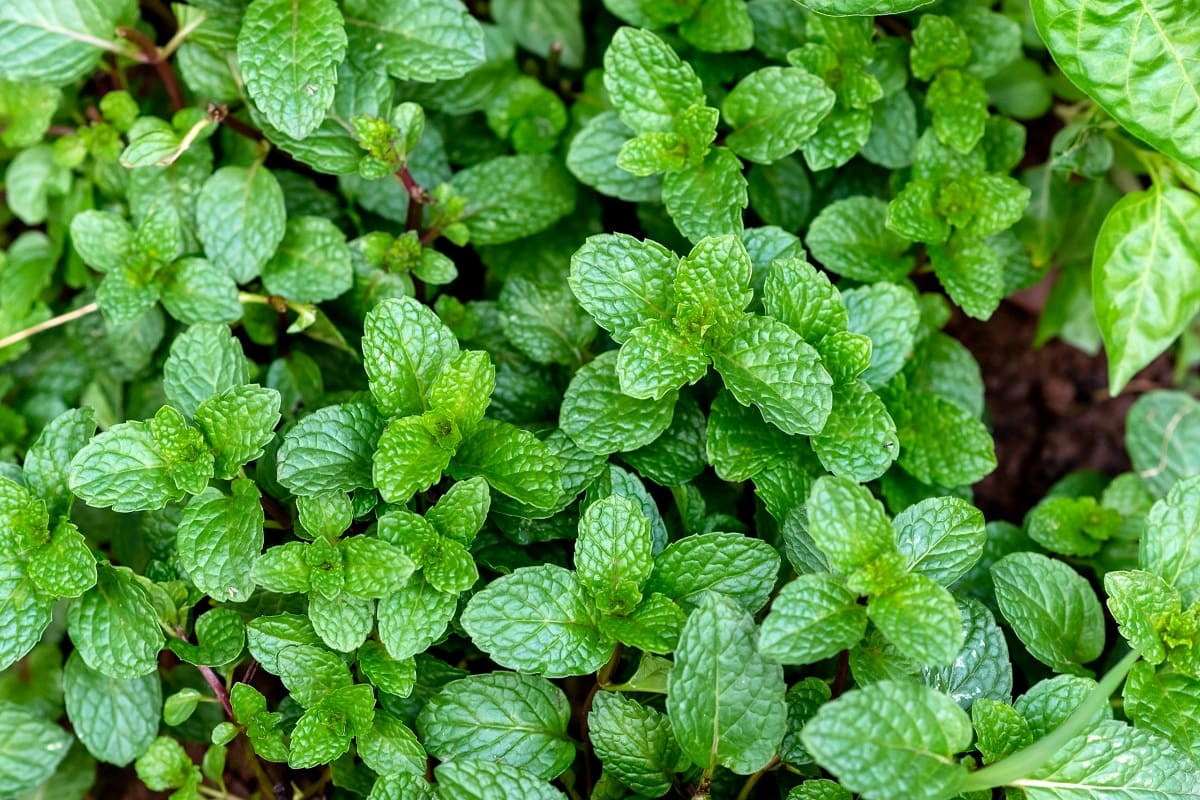
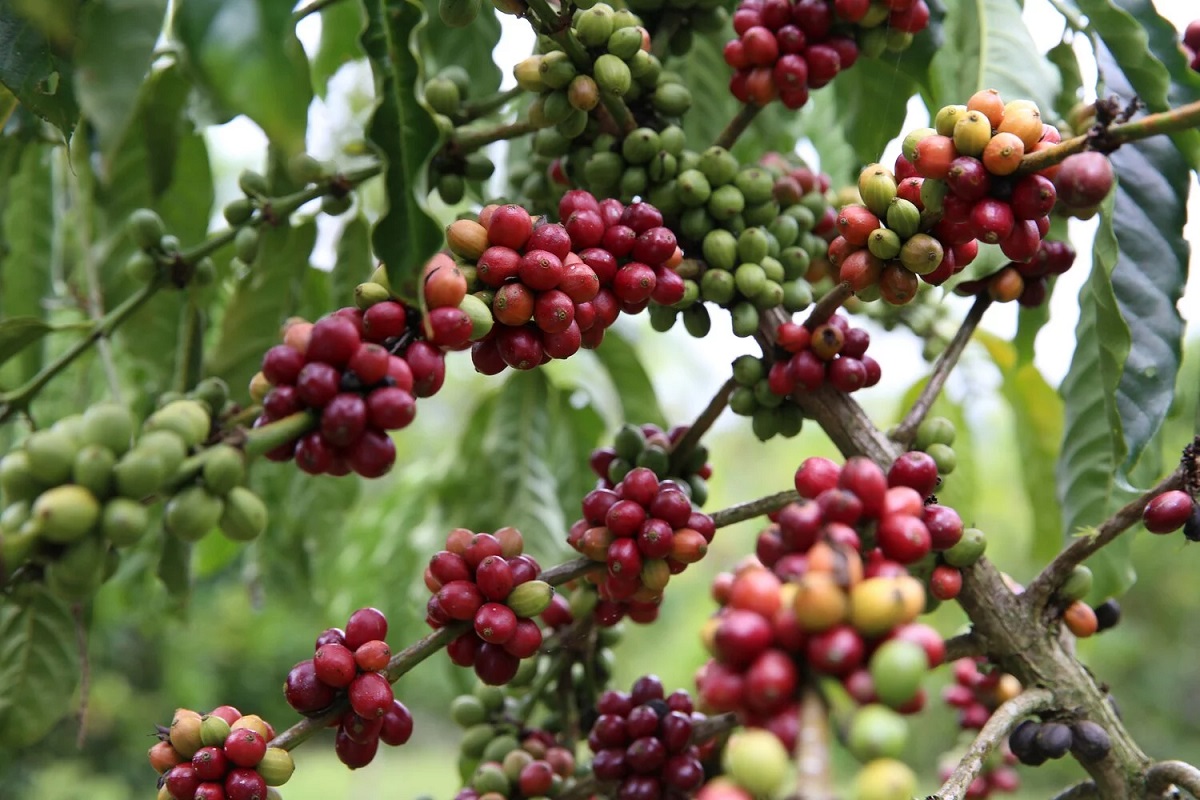


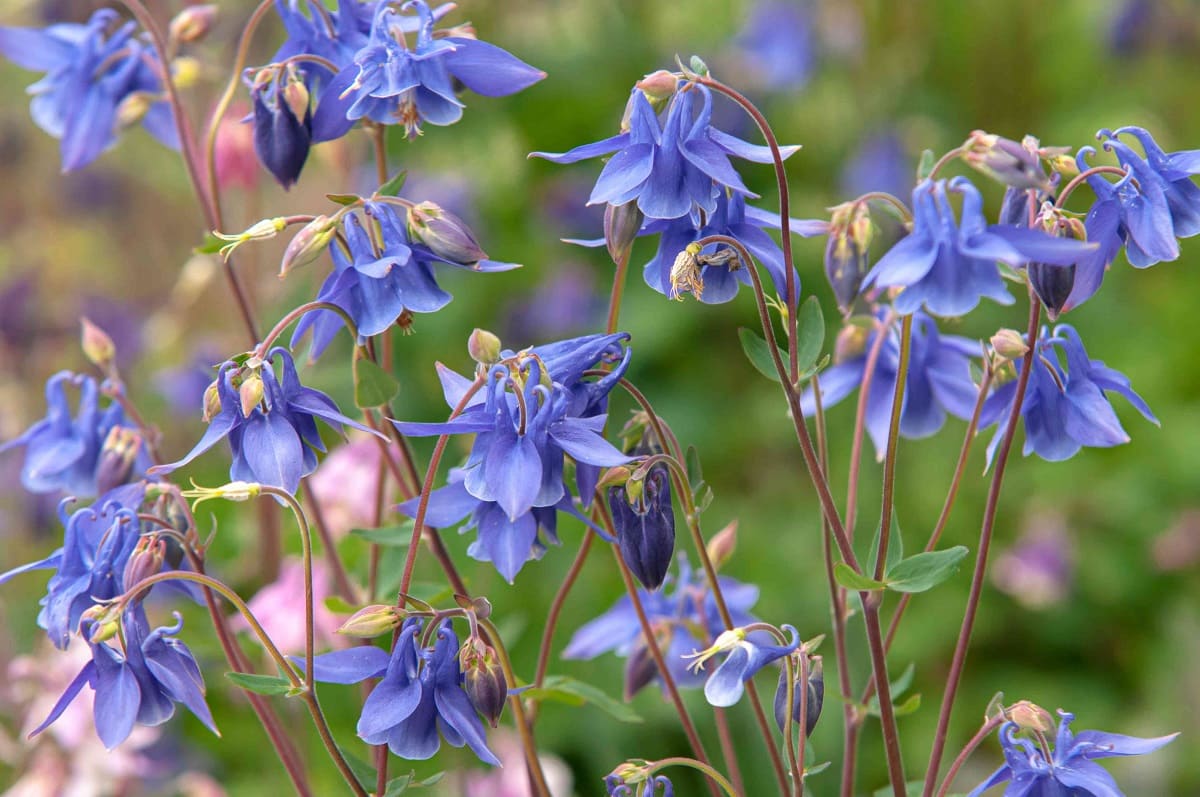
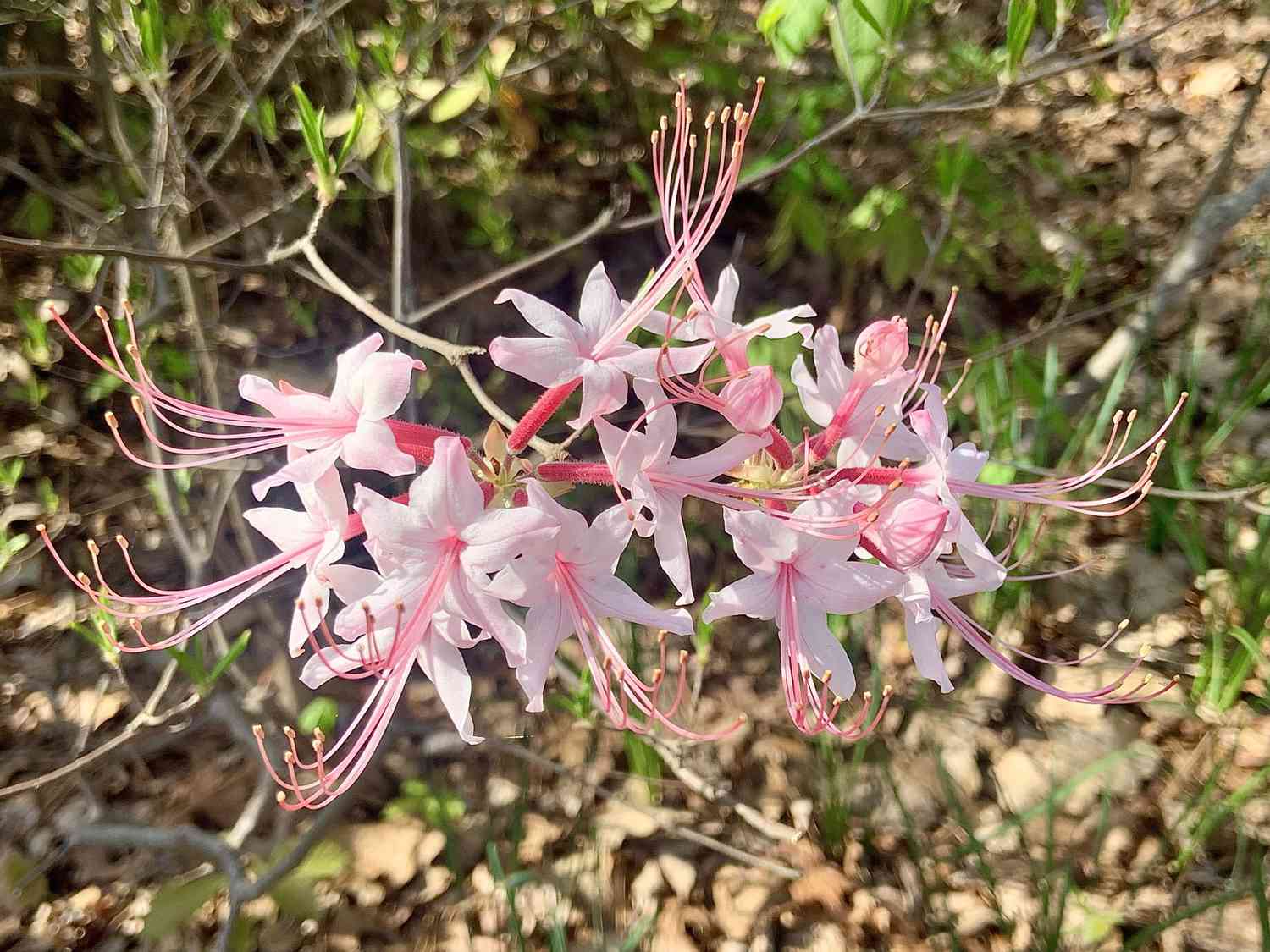
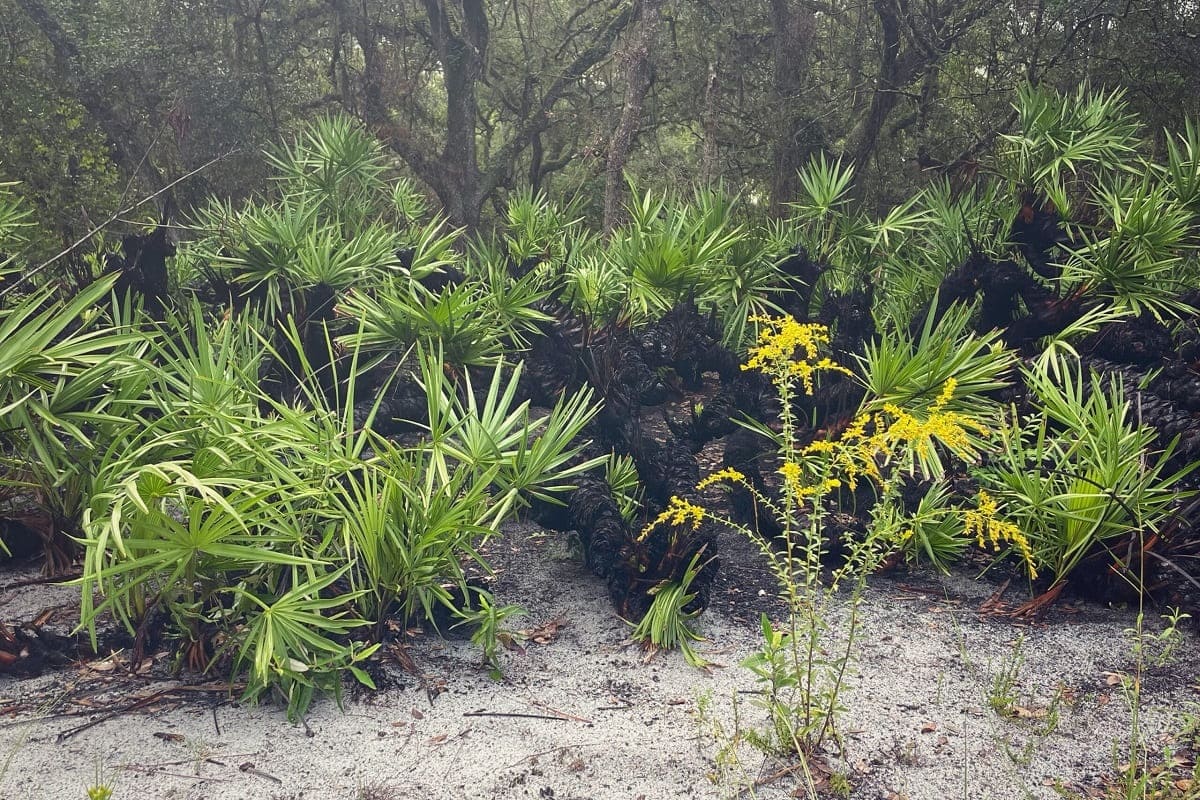

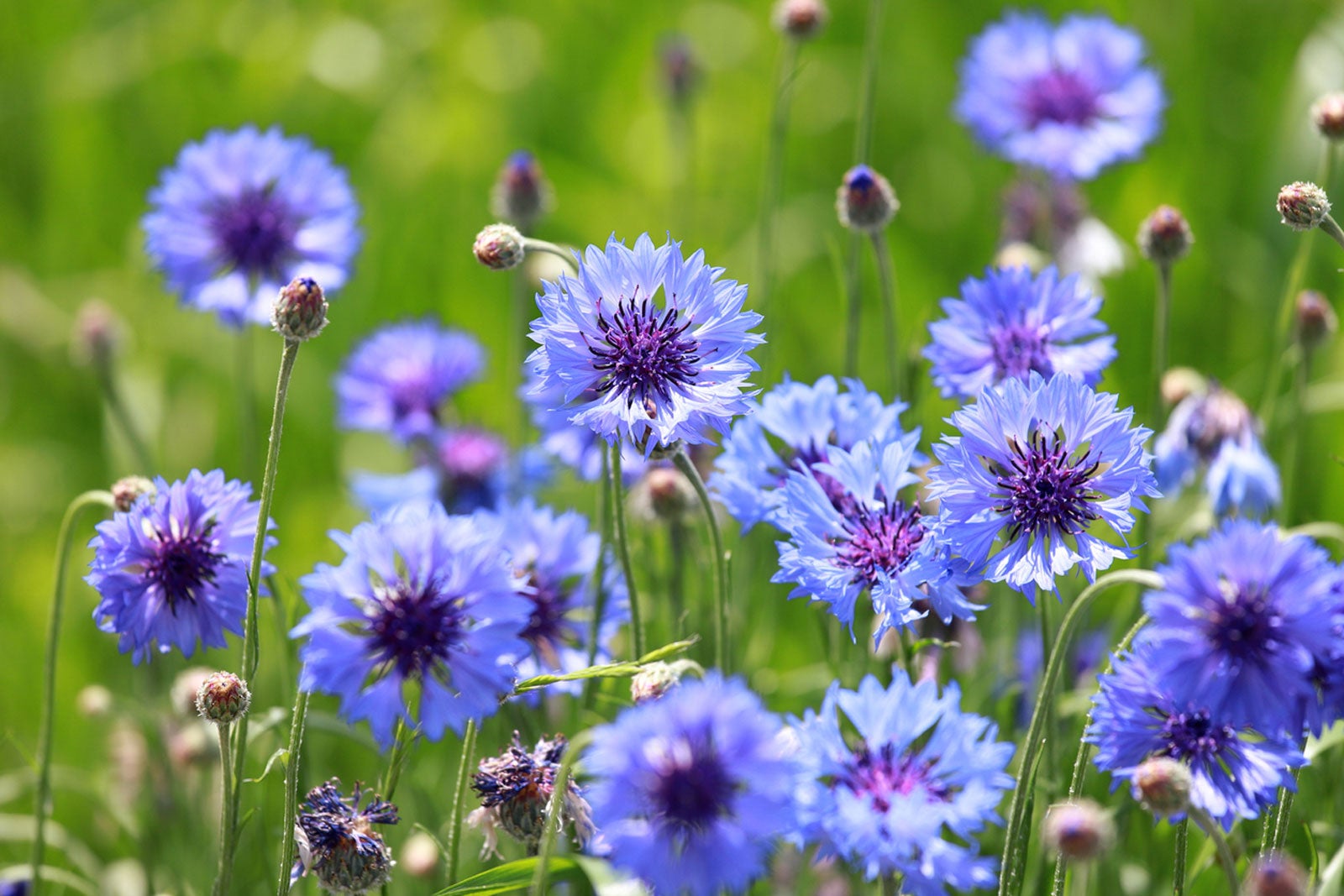

0 thoughts on “Where Is The Indigo Plant Native”